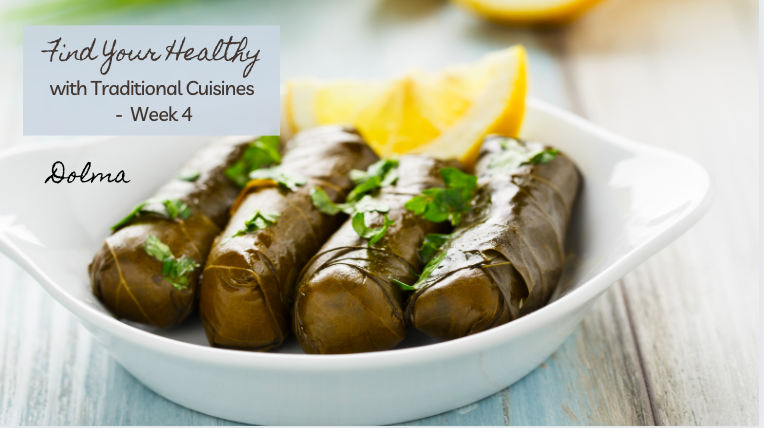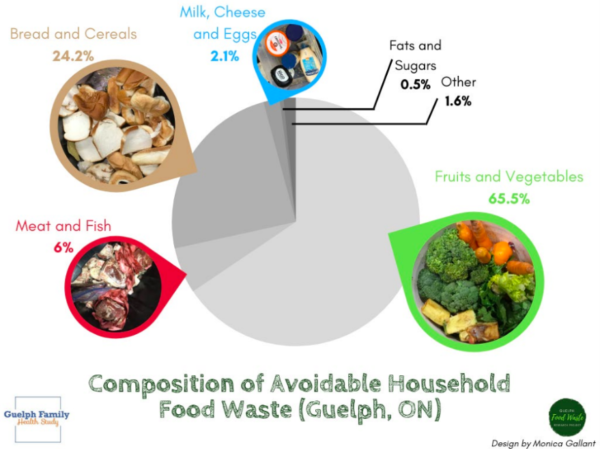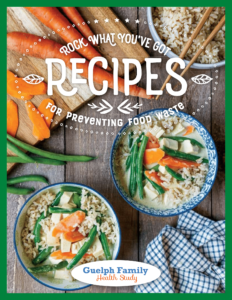 *To celebrate National Nutrition Month, we have a 5-week series of guest posts written by Deepanshi Salwan, MPH candidate and a dietetic graduate student at the University of Toronto.**
*To celebrate National Nutrition Month, we have a 5-week series of guest posts written by Deepanshi Salwan, MPH candidate and a dietetic graduate student at the University of Toronto.**
Welcome back to the Nutrition Month 2021 blog series!
This year Nutrition Month centres on the idea that healthy eating looks different for everyone. It is not a one-size-fits-all approach, and your healthy eating will look different from someone else’s healthy eating based on culture, food traditions, personal circumstances, and nutritional needs.
To honour Nutrition Month, I have teamed up with Registered Dietitians and Dietetic Graduate Students from diverse cultural backgrounds to put together a Nutrition Month 2021 blog series! Each week for the month of March, different dietitians and dietetic students will share their food traditions, cultural recipes, and the importance of culture in healthy eating.
Build a community that appreciates everyone’s food cultures
In Week 1, we talked about how cultural foods should be a part of your healthy meals. Read the post here. In Week 2, we talked about the importance of forming social connections through cultural food. You can find the post here. In week 3, we talked about the importance of instilling cultural food heritage in your children. You can find the post here.
Today we transition a bit from focusing on our culture to exploring food options from other cultures. I believe we grow a little more when we step out of our comfort zone and appreciate something from a different culture. Similarly, rejecting foods from a different culture before tasting them would be a missed opportunity to grow. In Canada, we do not just tolerate other cultures, we celebrate them, and it should be no different when it comes to food.
How do you build a community that appreciates everyone’s food cultures? Let’s hear from my colleagues Atour Odisho and Aleeya Zack-Coneybeare!

Atour Odisho, Dietetic Graduate Studen
Atour Odisho, Dietetic Graduate Student
Instagram: @atour.in.nutrition
- What’s your cultural background?
I am Middle Eastern
- What is the meaning of food in your culture? / How is food used in celebrations or traditions?
In my culture, food is medicine, and in my upbringing food is emphasized in the role of nutrition and healing. It is also a way to celebrate with family and friends. There is never too much food!
- What is your favourite cultural ingredient or food or recipe?
My favourite cultural food is dolma, which is wrapped grape leaves. I love this because every Middle Eastern has a different twist to it. Here is my recipe.

Dolma [Image: Canva]
Instructions: Mix everything together, except the grape leaves. Once everything is mixed, stuff each grape leaf with the mixture. Make sure all sides are closed, so the rice doesn’t escape when cooking. Next, assort the wrapped grapes leaves in a big pot. Add water and some more lemon juice to cover all grape leaves. Add in an appetizer plate and press down to secure the grape leaves together. Set on high-medium heat until water boils, then let it simmer for 30 minutes. ENJOY!
4. What would you like to say to Canadians during National Nutrition Month?
I hope that Canadians continue to explore other cuisines and dishes to diversify their palates. Cook traditional dishes from other cultures, dine-in restaurants from various cultures, explore International food aisles, or just be curious and ask questions!

Aleeya Zack-Coneybeare
Dietetic Graduate Student
- What’s your cultural background?
I am Ojibway which is an Indigenous group here in Canada.
- What is the meaning of food in your culture? / How is food used in celebrations or traditions?
Food is ingrained within every aspect of our culture; it represents our way of life. Food connects our people to our traditions, our spirit, and our ancestors. Food plays an important role in our traditional ceremonies, as most usually end in a feast. We also use food to honour our spirits, ancestors, and mother earth by offering a spirit plate before beginning a feast. A spirit plate is filled with samples of all the food items at the feast, we set it outside and offer a prayer.
- What is your favourite cultural ingredient or food or recipe?
My favourite cultural ingredient is wild rice, due to its rich nutrients and the variety of recipes and meals it could be added to.
My family makes Turkey and Wild Rice soup very often! Here is the recipe.

Turkey & Wild Rice Soup [Image: Canva]
Turkey Stock -Turkey carcass (from a roasted bird), 1 carton chicken broth, 1 carton chicken broth, 1 onion, 2 celery sticks, 2 carrots, basil leaf, 1tsp thyme, water to cover
Soup – chicken or vegetable stock, ¾ wild rice, 2 carrots, bite-size, 2 celery sticks, bite-size, 1 tsp chicken bouillon, half yam, chopped, ½ cup corn, 2 cups shredded/chopped turkey meat
Instructions:
Turkey Stock – In a large pot add carcass, chicken broth, onion, celery and carrots. Add enough water. Add salt, pepper, thyme and basil leaf. Bring to boil and simmer on low for 12 hours. Strain and put the stock back into the pot.
Soup – Add a carton of chicken/vegetable broth to the stock (Taste and add chicken bouillon if needed). Bring to a boil and add wild rice (cook for 30 minutes on a low boil). Add freshly chopped celery and carrots (cook for 10-15 minutes). Add chopped yam (cook for 10-15 minutes). Add corn (cook for 5-10 minutes). Add shredded/chopped turkey meat (cook for 10 minutes). Turn off heat and ready to serve!
4. What would you like to say to Canadians during National Nutrition Month?
I would like to say to Canadians, the Indigenous cuisine is beautiful and that I highly recommend exploring our foods and culture and all the other diverse cuisines Canada has to offer!
Bottom Line
Being accepting and wholeheartedly celebrating other traditional cuisines will allow Canadians of colour to enjoy their cultural foods with pride. There will be no guilt around carrying their cultural foods with them to school, work, or anywhere else they go. As we have discussed through this series, enjoying cultural foods is an important aspect of healthy eating. So, help your fellow Canadians to find their healthy by appreciating their cultural foods and practices!
Come back next week to learn more about traditional cuisines and healthy eating in our final post of the Nutrition Month 2021 blog series. Click here to learn more about the Nutrition Month 2021 campaign.
Let’s Talk
Have you ever tried a dish from a different culture and instantly fell in love with it? Let us know in the comments below!

Deepanshi Salwan
Written by: Deepanshi Salwan, MPH candidate – Deepanshi is a dietetic graduate student at the University of Toronto. Her nutrition philosophy embraces moderation without deprivation. She believes that healthy eating does not have to be complicated and hopes to inspire her audience to live more happy and healthy lives! You can find her on Instagram @deeconstructing_nutrition.



























